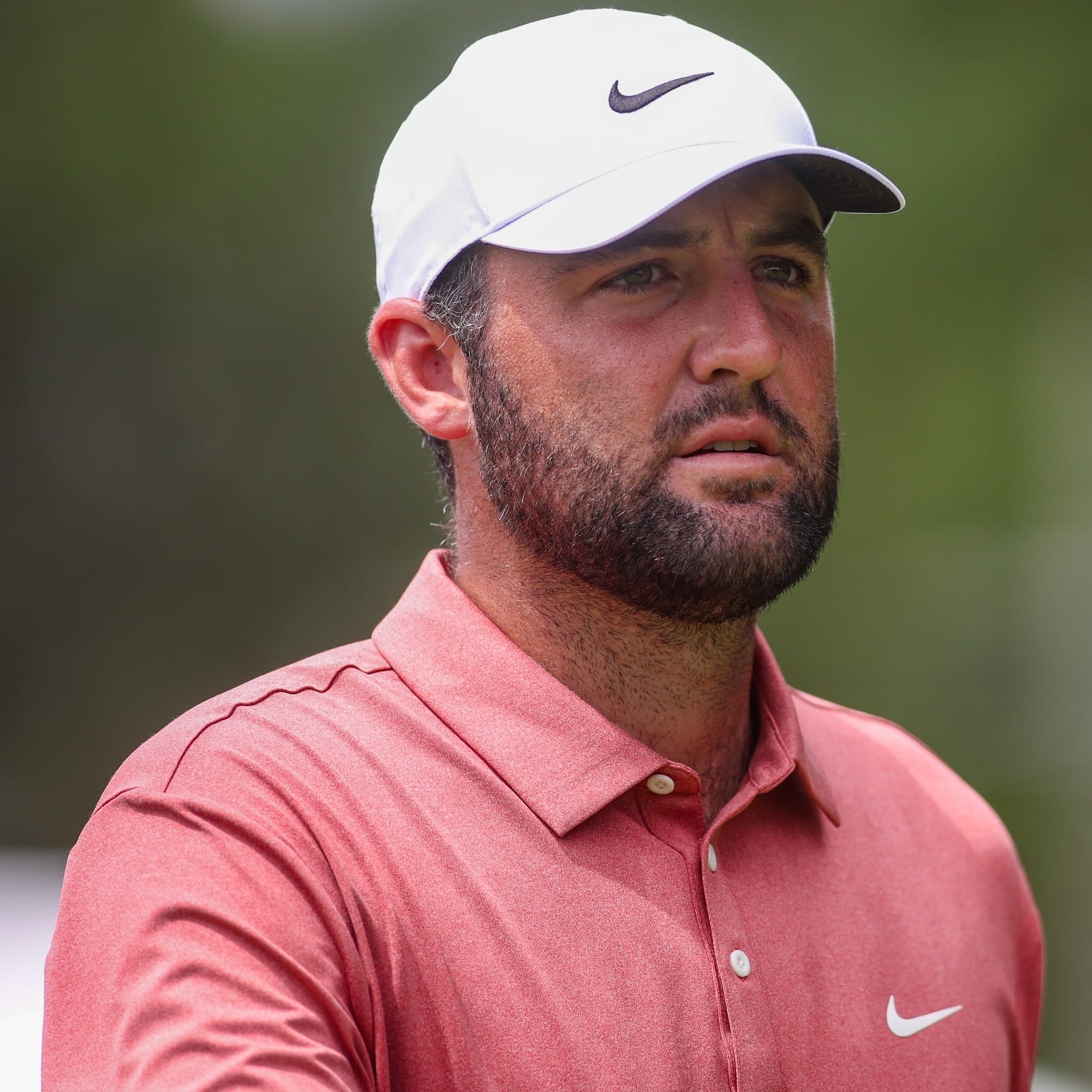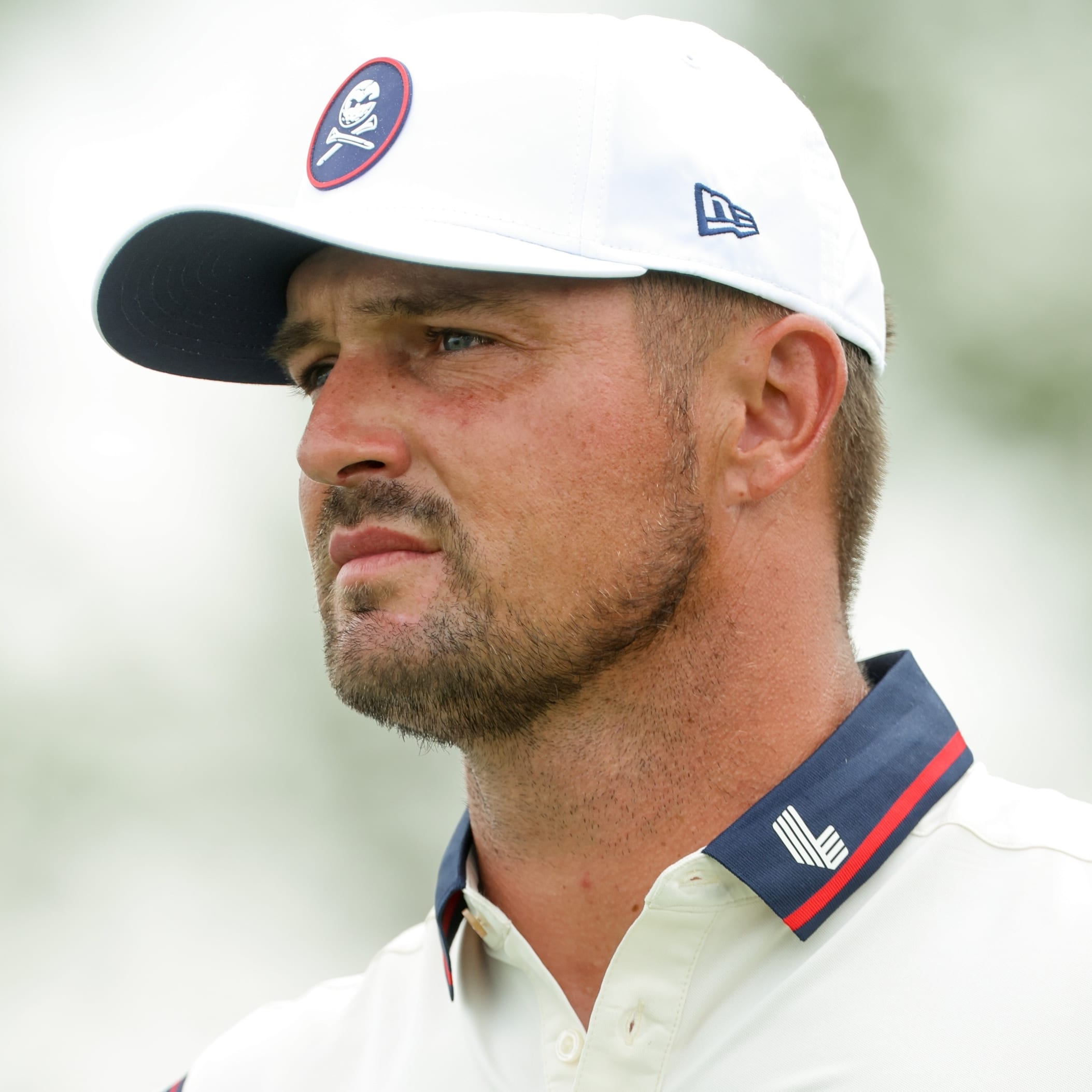U.S. Open – Erin, WI
Erin Hills (7,741 yards, par 72)
$12.0M Purse
$2,160,000 and 600 FedEx Cup points to the winner
Tournament Preview
Though Wisconsin has hosted three PGA Championships at Whistling Straits, untested Erin Hills is the Badger State's first ever U.S. Open. Opened for play just 11 short years ago, the glacier-formed links layout will debunk the typical U.S. Open course setup for the second time in three years. Forget the tree-lined fairways and thick rough; Erin Hills is virtually treeless and fully exposed to the wind, complete with wide fairways, tall fescue, and plenty of length at just over 7,700 yards. The course will play as a par-72 in the U.S. Open for the first time in 25 years, the coveted champion receiving a record $2.16 million. The field is set at 156 players, with reigning U.S. Open champ Dustin Johnson and all of golf's stars vying for the (unnamed) U.S. Open trophy. With many unknowns about the new course, scores will be a question mark but you can bet it will be a challenge so long as USGA Executive Director Mike Davis holds the reigns.
Prior Decade Champions
2016 – Dustin Johnson (Oakmont)
2015 – Jordan Spieth (Chambers Bay)
2014 – Martin Kaymer (Pinehurst)
2013 – Justin Rose (Merion)
2012 – Webb Simpson (Olympic Club)
2011 – Rory McIlroy (Congressional)
2010 – Graeme McDowell (Pebble Beach)
2009 – Lucas Glover (Bethpage Black)
2008 – Tiger Woods (Torrey Pines)
2007 – Angel Cabrera (Oakmont)
Key Stats to Winning at Erin Hills
• Strokes Gained: Approach
• Strokes Gained: Tee-to-Green
• Greens in Regulation percentage
• Scrambling percentage
Champion's Profile
As the second-longest U.S. Open venue in history, length is obviously a factor, but the real key is avoiding both the penalizing fescue just off the fairways and myriad bunkers surrounding the greens. Once on the putting surface, the reportedly "perfect" greens - which haven't seen public play in six months – should yield plenty of mid- to long-range putts to the world's best.
So, what's the biggest x-factor here? The answer lies in the wind. If windy, controlling ball flight and staying mentally tough with a good short game becomes more important. If it's relatively calm, ball strikers who grant themselves plenty of birdie opportunities will shine. In either case, the common denominator is iron play, i.e. Strokes Gained: Approach-the-Green.
Let's break down the importance of iron play a little more. In normal Erin Hills conditions, which includes moderate wind, avoiding the knee-high fescue off the tee shouldn't be too difficult due to relatively wide fairways. But even if players do find fescue off the tee, chopping it out and saving par through iron play is still relevant. Many of the holes are quite long, meaning plenty of long iron shots from around 190-225 yards, which is no bargain, especially in higher winds. When you consider that a good green in regulation percentage from that range is around 60%, it's easy to recognize the biggest challenge becomes managing greenside hazards – by avoiding them with great iron play and/or escaping them with great scrambling.
All said, the ideal fit is a longer-than-average player who can control their ball flight in the wind, while also possessing enough short game around the greens to escape greenside trouble found everywhere at Erin Hills. Favorites like Dustin Johnson and Jordan Spieth are prime candidates for not only this venue, but the type of mentality needed to hold up under U.S. Open pressure.
FanDuel Value Picks
The Chalk
Dustin Johnson, $11200 – While there are plenty of obligations as defending U.S. Open champion, DJ is used to the attention through his World No. 1 status and multiple wins this year already. Not only that, he's been top-5 each of the last three years in the U.S. Open, and his game fits Erin Hills like a glove.
Jason Day, $10500 – Not many on Earth can top Jason Day's impressive record at the U.S. Open, having made 6-of-6 career cuts with five top-10s. The only thing left to do is raise the trophy for the talented Aussie, who possesses more than enough game to make it happen.
Jordan Spieth, $10100 – U.S. Open champion at comparable Chambers Bay in 2015, Spieth clearly has the mental fortitude, iron play, and short game to contend at Erin Hills. He was also in the field at the 2011 U.S. Amateur at this very venue, so he's already had relevant experience on the links-style layout.
Sergio Garcia, $9600 – Now with the confidence of knowing he can win a major, Sergio enters with momentum to a course where ball strikers like him should excel. Sergio has five career top-10s in 17 starts at the U.S. Open, and represents a great chance to make the cut and contend.
Longer Shots Worth a Risk
Brooks Koepka, $8400 – After a missed cut in his first U.S. Open in 2012, Koepka has elevated his game to post three U.S. Open top-10s since. Koepka's impressive ability off the tee will bode well on the second-longest U.S. Open track in history.
Branden Grace, $7700 – With top-5s at the last two U.S. Opens, Grace has come into the picture as a worthy contender in majors, though he has yet to win one. If the winds kick up at Erin look for Grace's strong short game and consistent ball striking to lead him up the leaderboard.
Thomas Pieters, $7400 – The 25-year-old youngster is making his first U.S. Open appearance, but posted impressive top-5s at the Masters and WGC-Mexico this season, proving he's capable in big events. Pieters also recently led the BMW PGA Championship in Europe through 36 holes, before fading on Saturday.
Bubba Watson, $6500 – At a mere $6,500, Bubba is a great value despite his many failed attempts at U.S. Opens. Despite his poor form, lack of patience, and less-than-desirable record at this event, there are very few proven champions at this price range.
Strategy Tips for this week (based on 60k standard salary cap)
While it's tough to fit in more than two stars into any given lineup, it's difficult to imagine a complete unknown taking this year's U.S. Open, even at a new venue. Stick to familiar names with proven records at majors, focusing on getting at least seven of eight to make the cut.





































